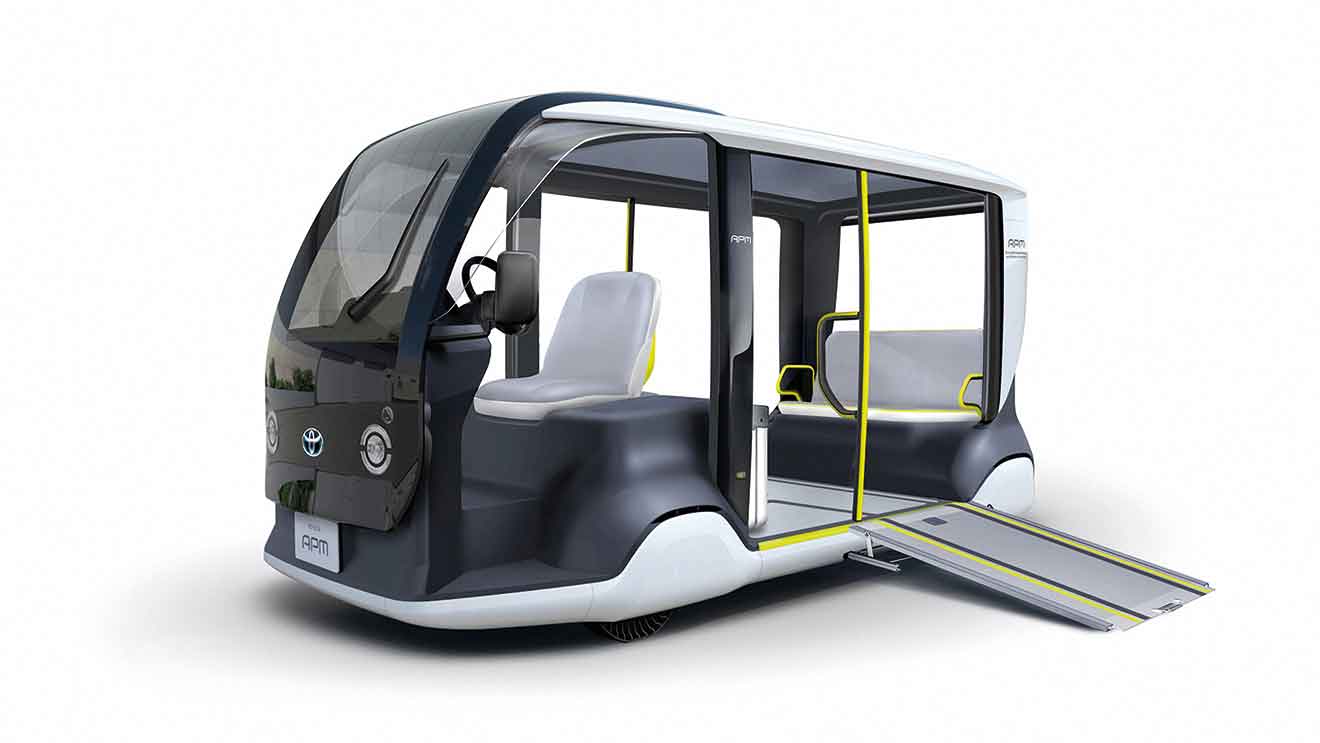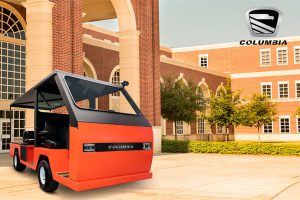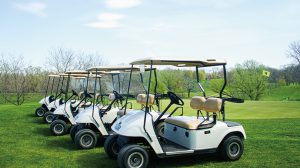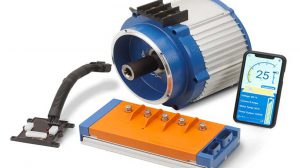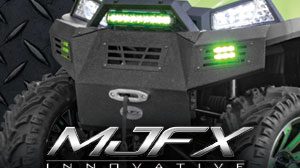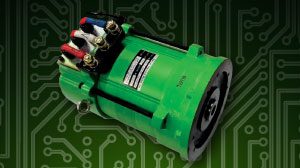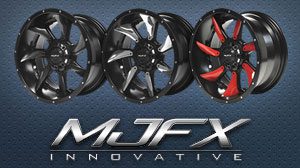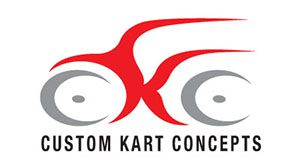A new Toyota vehicle will be a big help at Tokyo 2020.
Toyota announced recently that to support the Olympic and Paralympic Games Tokyo 2020, it is developing a special new product, the “APM (Accessible People Mover),” a mobility vehicle designed expressly for use at the Games.
Through the Games, Toyota aims to provide all people the freedom to move, or what it calls, “Mobility for All.” The APM takes this challenge to the maximum degree, offering a “last one mile” solution that helps transport as many people as possible to events and venues, including athletes and staff related to the Games as well as all types of visitors with accessibility needs such as the elderly, people with impairments, pregnant women, and families with small children, among others. It is also anticipated that part of the fleet of APMs will be used to support relief activities at events/venues during summer. During the Games, Toyota will employ approximately 200 APMs to support the transportation of visitors and staff around various facilities, including places where events or competitions are held and non-event official sites such as the Olympic Village.
The basic model vehicle will offer:
- A low-speed, short-distance battery electric vehicle (BEV) suitable for the transportation of visitors and staff within large event/venue grounds.
- Used by all types of attendees to the Games, including staff and athletes, as well as others, such as visitors including the elderly, people with impairments, pregnant women, and families with small children.
- The APM will feature three-row seating. In the first row will be the driver’s seat, the second row provides seating for three, and the third row will offer seating for two, allowing total seating for six people, five passengers and one driver. When used for passengers in wheelchairs, the configuration can be modified by folding the seats to allow the wheelchair rider in the second row.
- With safety in mind, the position of the driver’s seat has been elevated and centrally located in order to allow the driver to see passengers and support their individual needs as they enter/exit the vehicle.
- Passenger seats are accessible from both sides of the vehicle, and the overall design considers varying customers’ needs, with safety bars on both sides to help passengers while entering and exiting the vehicle, and fitted with wheelchair anchor plates and ramps to enable the optimal access and transportation of wheelchair passengers.
There will also be a “Relief” model. While using the basic model as the foundation, half of the second and third row space has been preserved for a stretcher. In addition, to help convey people needing relief in a stable, safe way, a stretcher that can be attached/secured in the vehicle will also be equipped. The vehicle has also been designed with space to allow two relief staff workers to sit immediately adjacent to the stretcher.



